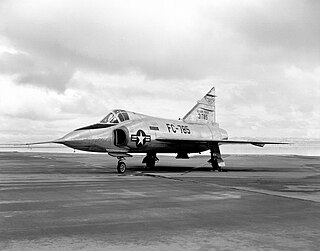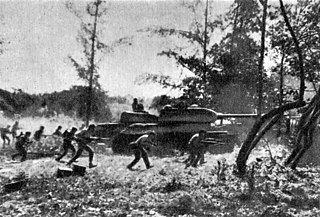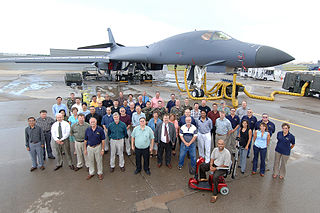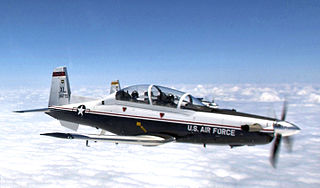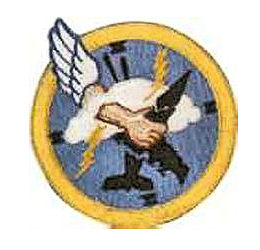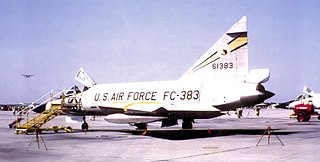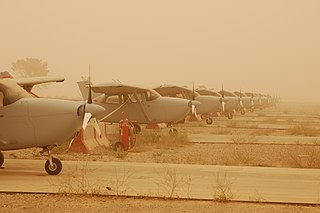| 482d Fighter-Interceptor Squadron | |
|---|---|
482d FIS F-102s 57-0856 57-0832 at Seymour Johnson AFB, North Carolina, about 1960 | |
| Active | 1943–1944, 1956-1965 |
| Country | |
| Branch | |
| Type | Fighter-Interceptor |
| Role | air defense |
| Part of | Air Defense Command |
| Motto(s) | NON ARRIPIENT VIAM Latin (They Shall not Pass) [1] |
| Engagements | World War II |
| Insignia | |
| Patch with 482d Fighter-Interceptor Squadron emblem (approved 3 July 1957) [2] |  |
The 482d Fighter-Interceptor Squadron is an inactive United States Air Force unit. Its last assignment was with Montgomery Air Defense Sector at Homestead Air Force Base, Florida in 1969. During World War II the squadron was a replacement training unit until disbanded in 1944 when the Army Air Forces converted training units to Army Air Force Base Units. It was reconstituted in 1955 and served as a fighter interceptor squadron until 1969.

The United States Air Force (USAF) is the aerial and space warfare service branch of the United States Armed Forces. It is one of the five branches of the United States Armed Forces, and one of the seven American uniformed services. Initially formed as a part of the United States Army on 1 August 1907, the USAF was established as a separate branch of the U.S. Armed Forces on 18 September 1947 with the passing of the National Security Act of 1947. It is the youngest branch of the U.S. Armed Forces, and the fourth in order of precedence. The USAF is the largest and most technologically advanced air force in the world. The Air Force articulates its core missions as air and space superiority, global integrated intelligence, surveillance, and reconnaissance, rapid global mobility, global strike, and command and control.

World War II, also known as the Second World War, was a global war that lasted from 1939 to 1945. The vast majority of the world's countries—including all the great powers—eventually formed two opposing military alliances: the Allies and the Axis. A state of total war emerged, directly involving more than 100 million people from over 30 countries. The major participants threw their entire economic, industrial, and scientific capabilities behind the war effort, blurring the distinction between civilian and military resources. World War II was the deadliest conflict in human history, marked by 50 to 85 million fatalities, most of whom were civilians in the Soviet Union and China. It included massacres, the genocide of the Holocaust, strategic bombing, premeditated death from starvation and disease, and the only use of nuclear weapons in war.

A squadron in air force, army aviation, or naval aviation is a unit comprising a number of military aircraft and their aircrews, usually of the same type, typically with 12 to 24 aircraft, sometimes divided into three or four flights, depending on aircraft type and air force. Land based squadrons equipped with heavier type aircraft such as long-range bombers, or cargo aircraft, or air refueling tankers have around 12 aircraft as a typical authorization, while most land-based fighter equipped units have an authorized number of 18 to 24 aircraft.

